Gym Fashion In Japan: Do’s And Dont’s
Dressing Appropriately For Japan's Gyms
Different countries, different rules, different levels of appropriateness for different styles: Yes, Japanese gyms have their unspoken rules about what you should and shouldn't wear when training.
Gym life is more than just the basics of nutrition and exercise. People who love the gym call everything surrounding their health a “lifestyle” for a reason. Just how you can get creative with healthy recipes you try and new styles of exercise you can’t wait to try, your gym fashion should reflect your style, personality, and have you feeling great before, during, and even after a sweaty sesh. For me, I love rocking fitted outfits in the gym to show off my gainz, but sometimes this isn’t the regular style for commercial gyms in Japan. Different countries, different rules, different levels of appropriateness for different styles. Use the following tips to stay fashionable, respect the culture you’re living in, and keep the wa (peace) alive in your gym.

Probably not an appropriate look for a Japanese gym.
1. Do: Cover up
You’ve seen them in the gym, in the park, in the sports center, running on the sidewalks — the ladies in the leggings and skirt/shorts combo. I’ve pondered this phenomenon since arriving in Japan in 2005 and while I can’t pinpoint the exact reason, I do have a couple of theories.
Fashion in Japan, generally speaking, tends to be more modest than that of the west. Think about the kinds of fitspiration posts you see from western gymmys or fitness models on the ‘gram or other social media. You see a lot of short shorts, tank tops, and crop tops, because why not show off your hard work that you’ve been slaving away in the gym for? But you don’t generally see this here. In Japanese gyms, a standard outfit may look like this:
I don’t dress on the risque side while training in Japan. I used to wear crop tops and leggings to show off my six-pack, but would never do the same at the exercise classes I teach at my current job with Town Hall. There, I wear typical gym wear — think a slim fitting training top and tight leggings. A typical “outside of Japan” outfit for me gets shocking reactions here. To the average participant, the clear view of my “bodyline” (my butt) is ass-tounding. Female Japanese gym-goers may not quite want to show off so much, and thus the skirt and leggings combo may have been born.
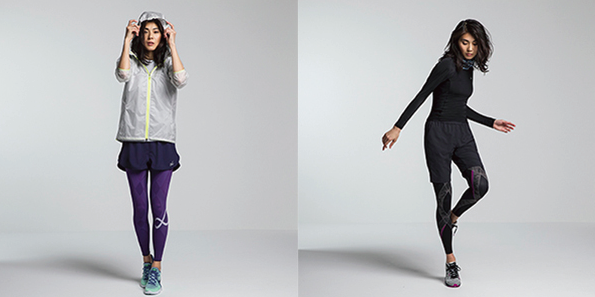
Additionally, just like fruit in Japan is wrapped up individually for sanitation purposes, people may wear leggings to avoid touching other’s sweat. Besides the larger chains, I rarely see sanitary wipes for cleaning equipment which is very cringy, but may explain why some people wear long pants, shirts, and jackets at the same time.
2. Don’t: Wear PJs
Although I still can’t wrap my mind around the leggings and shorts combo yet, we can all agree on one thing — no one is wearing pajamas to the gym in Japan. While the styles may be a little different than what I’m used to, I’ve never seen a female member at a commercial gym here in an old T-shirt and basketball shorts potentially from high school or stolen from an ex-boyfriend.
I see this style choice a lot back in my home country, America, especially with the cardio-goers. What’s the point in wearing something other than old clothes when you’re just going to get sweaty and gross? Well, people in Japan take pride in their appearance, so your appearance should represent the place you’re in — and you’re definitely not in the gym to unwind unless you’re going to the gym solely for the sauna (which you better not be).
3. Do: Bring your shoes
Just like in a Japanese home, no one wants to track in nasty dirt all over the floors, or in the gym’s case, all over the shiny exercise equipment. Mainly for sanitary purposes, it’s a practice deeply ingrained in Japanese society. You take off your shoes when entering the home. You might have separate shoes for your bathroom. Schools ask students to use separate shoes for indoor and outdoor facilities, so why would gyms be any different? Unless you go to Anytime Fitness, an American gym chain recently opened in Japan, you won’t be allowed to train in the majority of Japanese gym facilities without your dedicated gym shoes.
4. Do: Purchase high-quality gym wear
Whatever you decide to wear to the gym, it helps to invest in some quality gym wear that you can feel good in and train hard in simultaneously. While you can buy a cheap set of gym wear at fast fashion retailers such as Forever 21 or H&M, those clothes will rip in a short amount of time and are unlikely to be squat proof. Keeping the modesty rule from tip number one in mind, it really doesn’t matter what country you’re in…you don’t need your buttcheeks or thong on display while squatting or deadlifting.
Lululemon has showrooms in both Omotesando and Ginza, and while it’s a Canadian brand, it’s gaining popularity in Japan. The leggings cost about ¥10,000, are high waisted, and indeed squat-proof. Even better, and in a similar price range, CW-X is a Japanese brand of gym wear that not only can withstand rubbing from the knurling on barbells, but also features compression tape that can assist in recovery and performance. The brand was created by the Japanese high-end lingerie maker Wacol, so you can expect these leggings will last for a very long time, in spite of your toughest workouts.
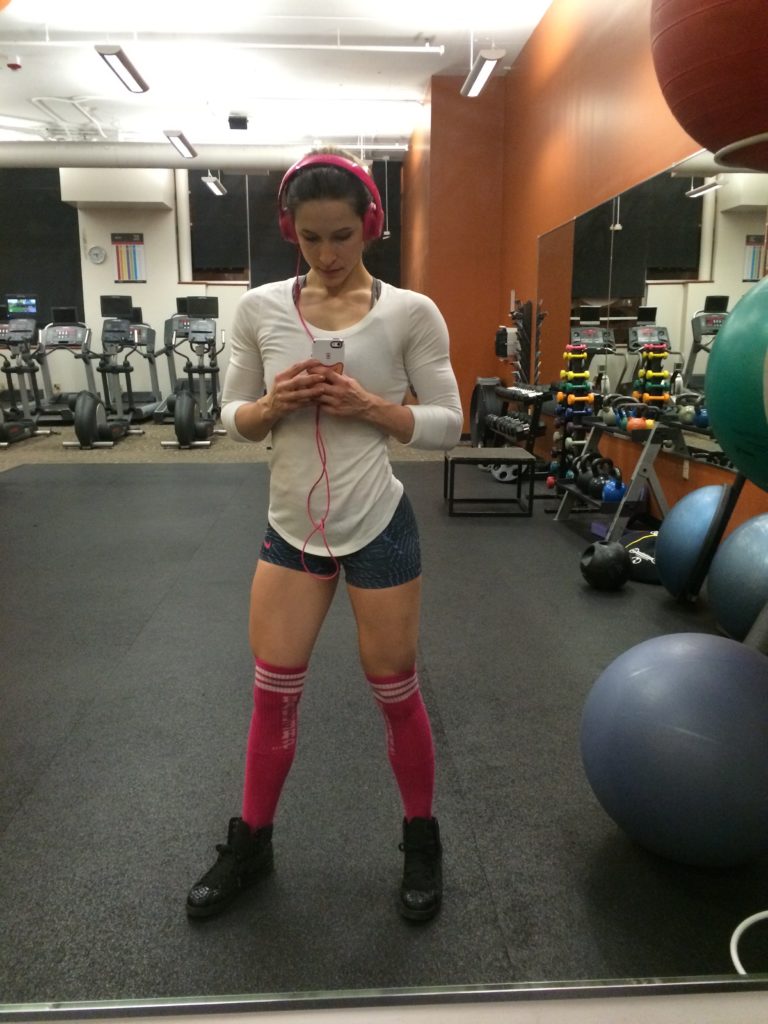
Accessorize with fun socks and sneaks while staying a little modest.
All in all, you want to rock a style that you feel confident in, but it’s equally important to be culturally sensitive and follow the rules for your particular gym. You may also find that many gyms won’t allow you to show your tattoos — another reason to cover up! Now, back to training!




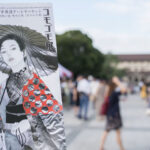






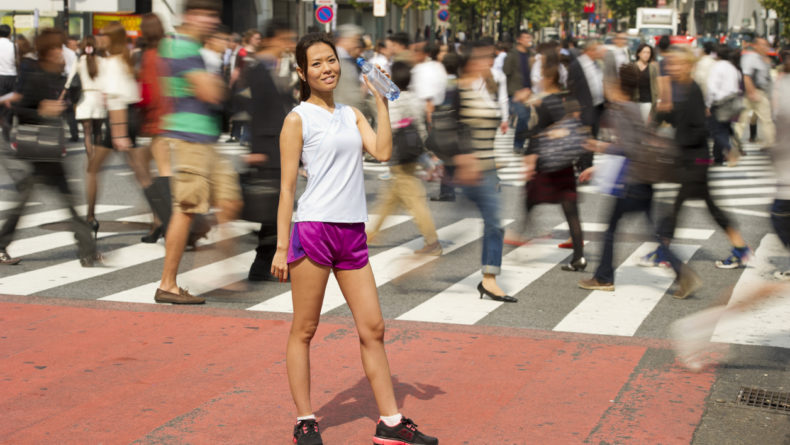
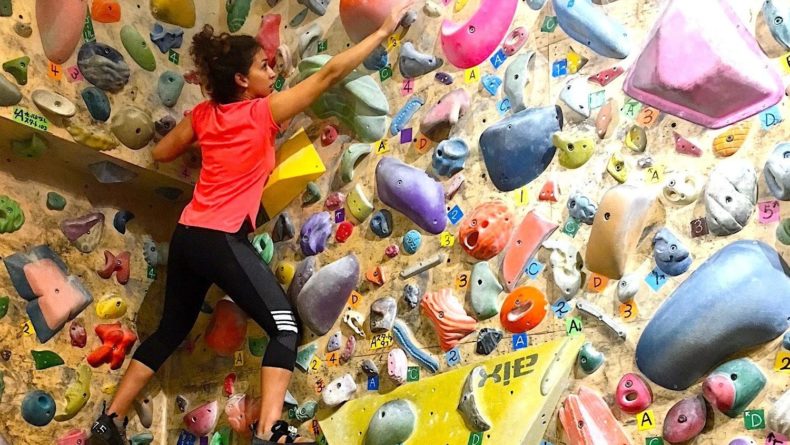
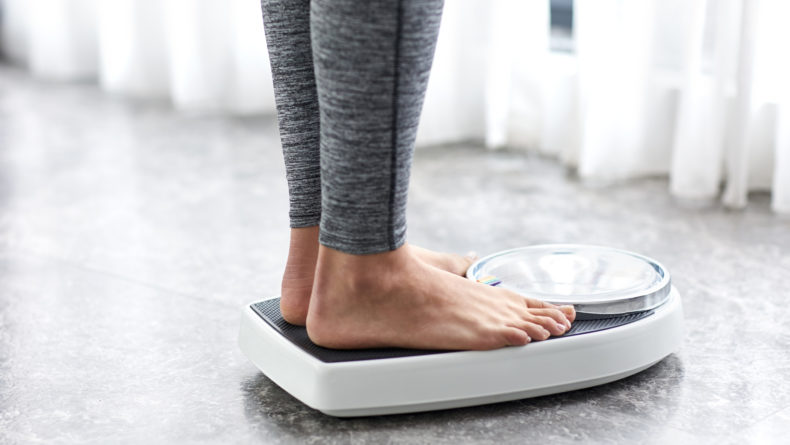
Leave a Reply